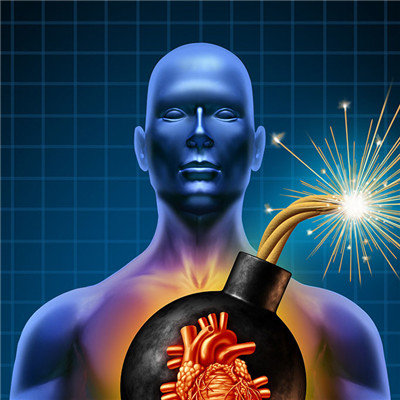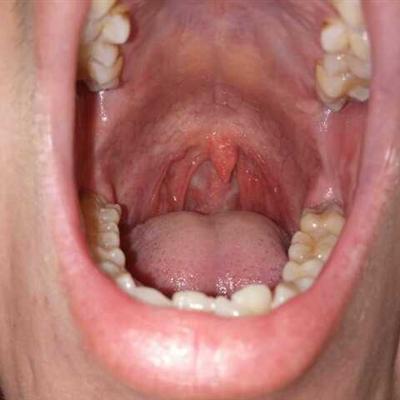Symptoms and clinical manifestations of coronary heart disease
summary
Sometimes the human body will repair itself at the beginning of coronary heart disease. Coronary heart disease is one of the most common heart diseases. We should also understand it. It refers to myocardial dysfunction and (or) organic lesions caused by coronary artery stenosis and insufficient blood supply. Therefore, it is also called ischemic heart disease. Let's talk about the symptoms and clinical manifestations of coronary heart disease.
Symptoms and clinical manifestations of coronary heart disease
First: angina pectoris type: it is characterized by a feeling of pressing behind the sternum, a feeling of tightness, accompanied by obvious anxiety, lasting for 3 to 5 minutes, often radiating to the left arm, shoulder, jaw, throat, back, and also radiating to the right arm. Sometimes these areas may be involved without affecting the posterior sternal area. Exertion, emotional excitement, cold, satiety and other conditions that increase myocardial oxygen consumption are called exertional angina pectoris, which is relieved by rest and nitroglycerin. Sometimes angina pectoris is not typical, can be manifested as tight breath, syncope, weakness, belching, especially in the elderly. According to the frequency and severity of attack, the patients were divided into stable angina pectoris and unstable angina pectoris. Stable angina pectoris refers to the onset of more than one month of exertional angina pectoris, its location, frequency, severity, duration, induced attack of the size of the labor, can relieve pain nitroglycerin dosage is basically stable. Unstable angina pectoris refers to the increase in the frequency, duration and severity of the original stable angina pectoris, or the new onset of exertional angina pectoris (within one month), or the angina pectoris at rest. Unstable angina pectoris is the precursor of acute myocardial infarction, so once found, should immediately go to the hospital.

Second: myocardial infarction type: about a week before infarction, there are often prodromal symptoms, such as angina pectoris at rest and slight physical activity, accompanied by obvious discomfort and fatigue. During the infarction, the symptoms were persistent severe compression, stuffy feeling, even knife like pain, located behind the sternum, with constant wave and the whole anterior chest, especially on the left side. Some patients can radiate downward along the ulnar side of the left arm, causing tingling sensation in the left wrist, palm and fingers. Some patients can radiate to the upper limb, shoulder, neck and mandible, mainly on the left side. The site of pain was the same as that of previous angina pectoris, but it lasted longer and the pain was more severe. Rest and nitroglycerin could not relieve the pain. Sometimes the performance of abdominal pain, easily confused with abdominal disease. Accompanied by low fever, restlessness, sweating and cold sweat, nausea, vomiting, palpitations, dizziness, extreme fatigue, dyspnea, sense of imminent death, lasting more than 30 minutes, often up to several hours. If you find this situation, you should see a doctor immediately.

Third: asymptomatic myocardial ischemic type: many patients have extensive coronary artery occlusion, but did not feel angina pectoris, and even some patients in myocardial infarction

matters needing attention
Sometimes angina pectoris is not typical, can be manifested as tight breath, syncope, weakness, belching, especially in the elderly, once found, should immediately go to the hospital.















